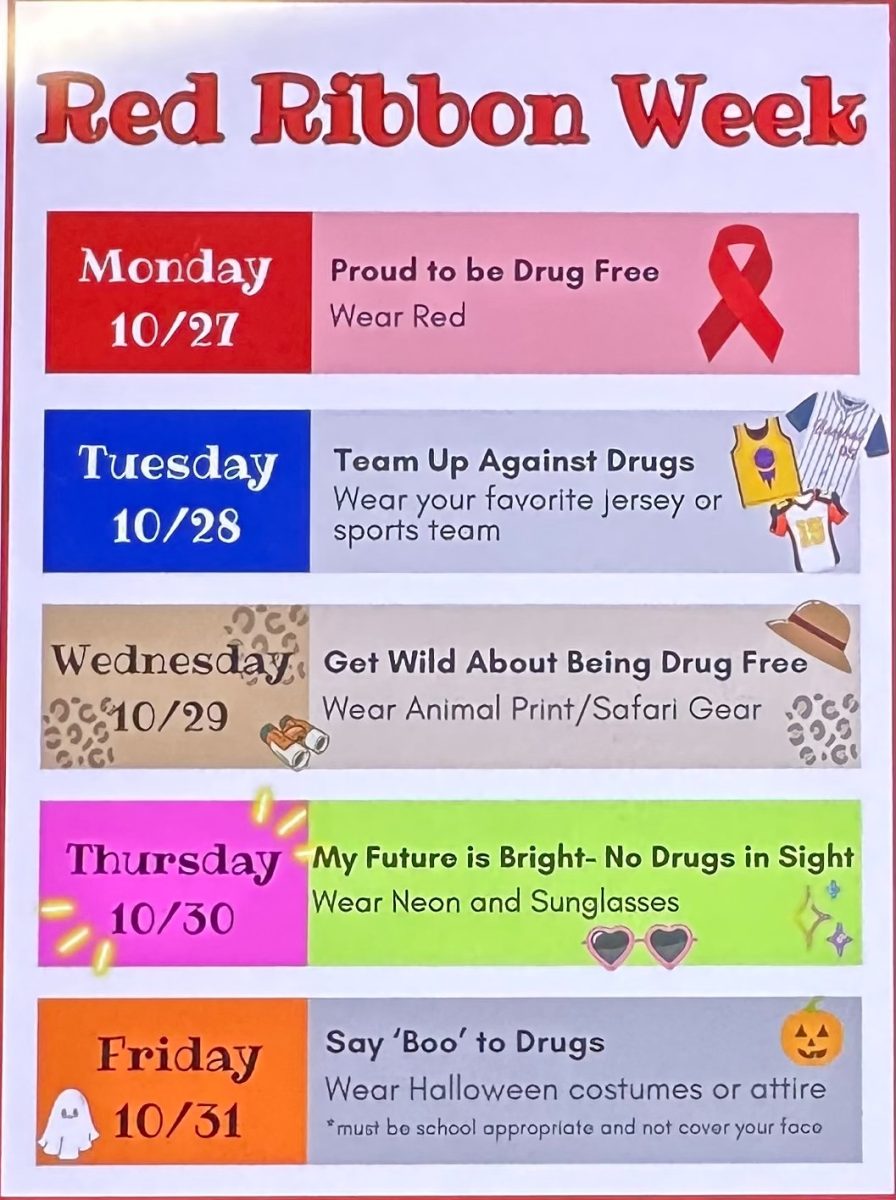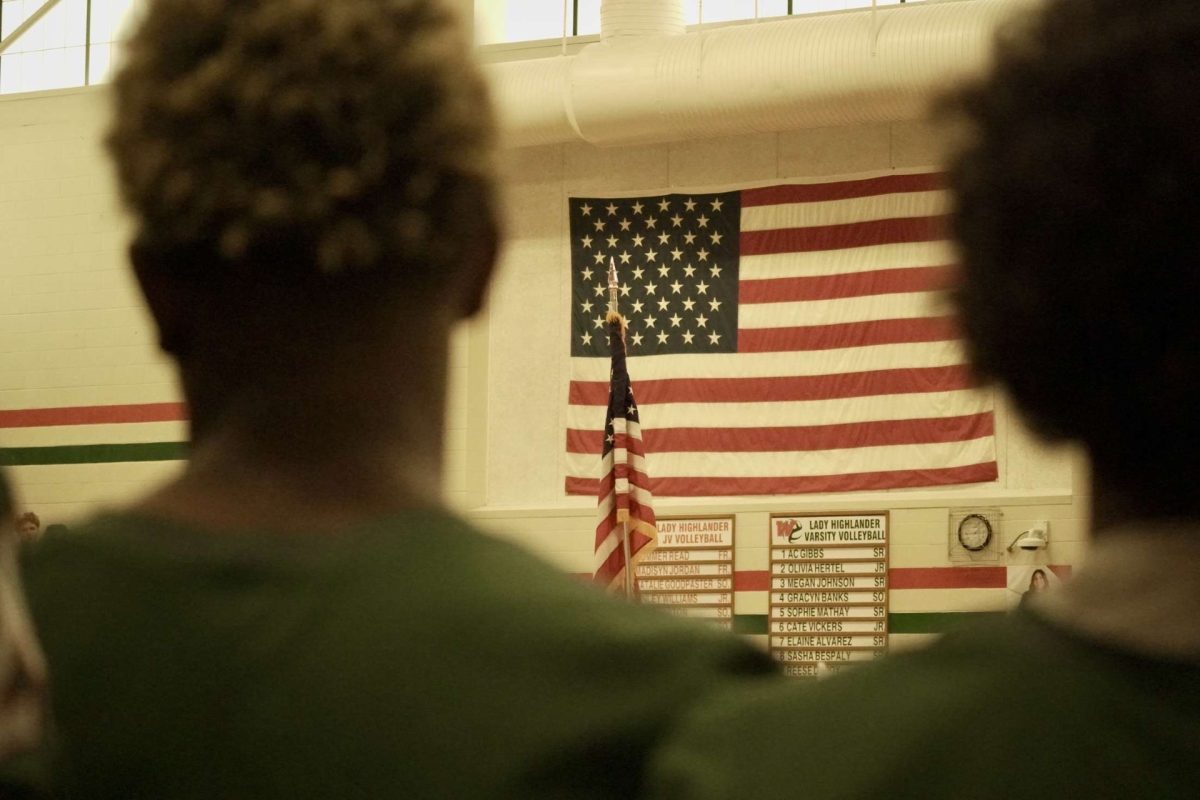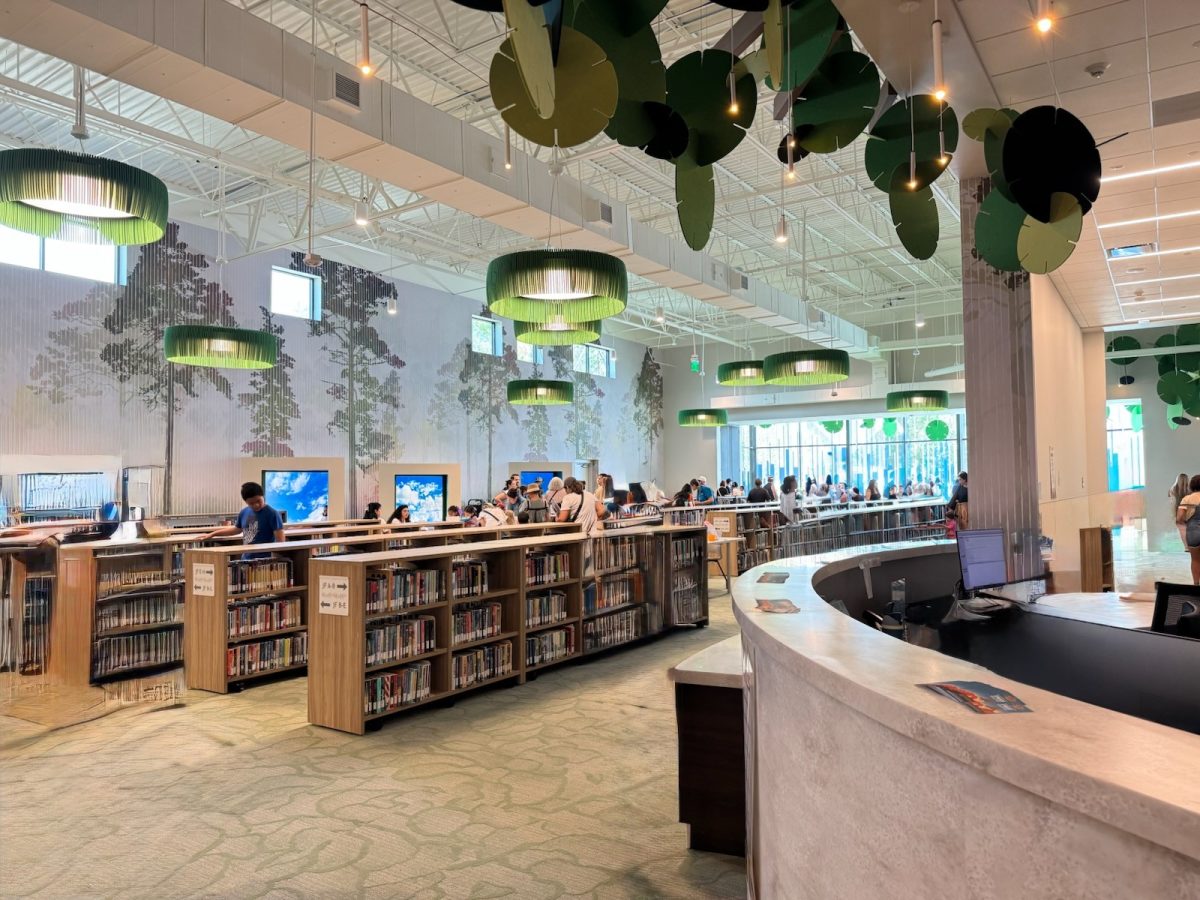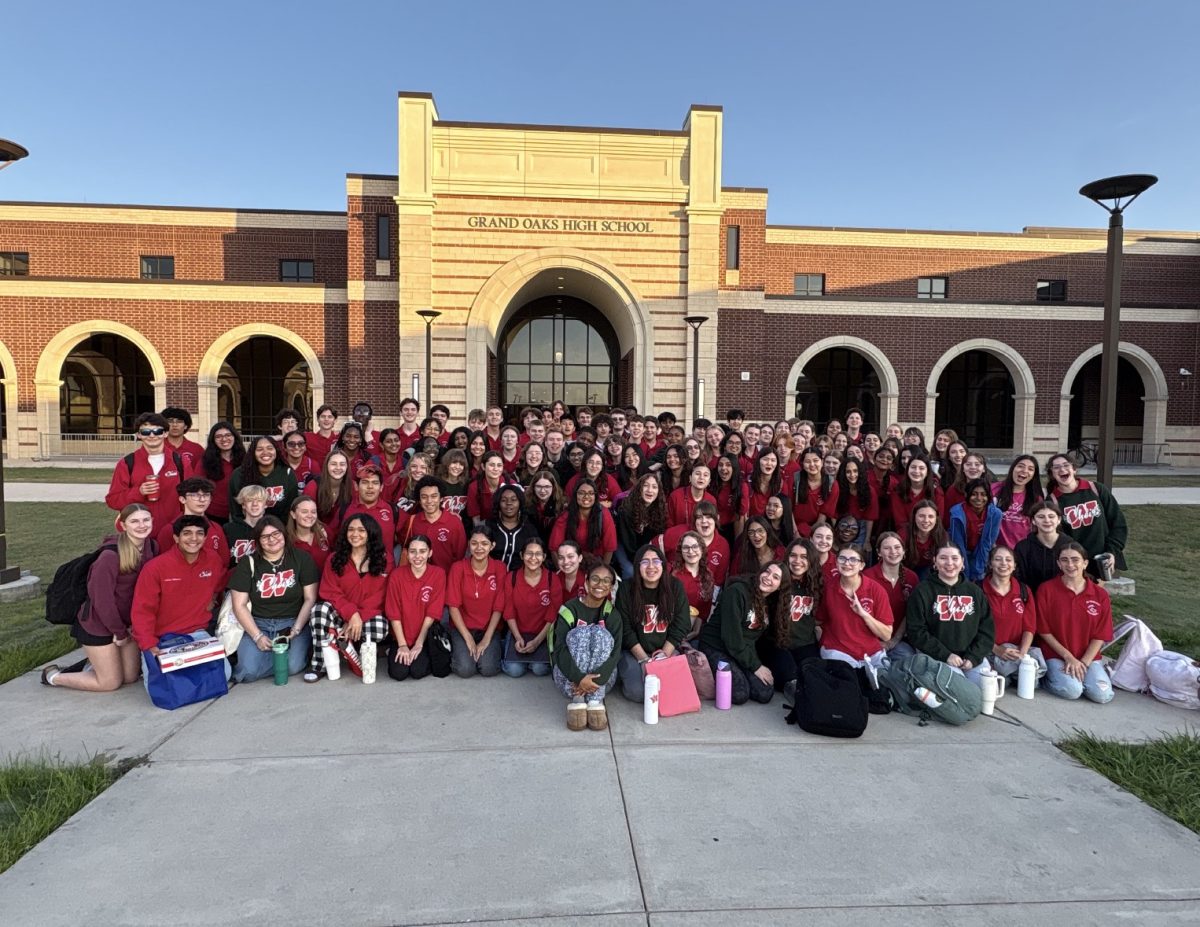A government shutdown happens when the U.S. government temporarily stops or limits many of its operations because Congress cannot agree on a budget. The budget is the government’s plan for how it plans on spending money on programs like national parks, social services, military funding, and paying federal employees.
Every year Congress is responsible for approving this budget before the new fiscal year begins, usually on October 1, according to USD.gov. If lawmakers cannot agree on the budget by the deadline, the government won’t be able to access the money it needs to run many programs and services. This is what leads to a shutdown.
During a shutdown, some government offices and services close, including many national parks, museums, and some federal agencies. Thousands of government employees may be suspended, meaning they get sent home without pay. However, essential workers, like those in the military, air traffic control, and emergency services, continue to work because their roles are critical for safety and security according to the BBC.
CBS News said, “many government services are also experiencing delays,”. For example, processing times for passports, visas, and other applications slow down or pause until the shutdown ends. These effects can impact everyday people, travelers, and businesses.
Shutdowns last until Congress passes a new budget or a temporary funding bill that allows the government to reopen. The length of shutdowns can vary, from just a few days to several weeks.
Understanding how government shutdowns affect us is so important because they affect millions of Americans and the overall economy of our country. Shutdowns can reduce government services and cause financial uncertainty for workers who depend on timely paychecks. They also show how important it is for Congress to work together to manage government funding.
While shutdowns are often seen as political struggles, knowing the facts helps citizens understand what’s at stake and why cooperation in government is essential.









